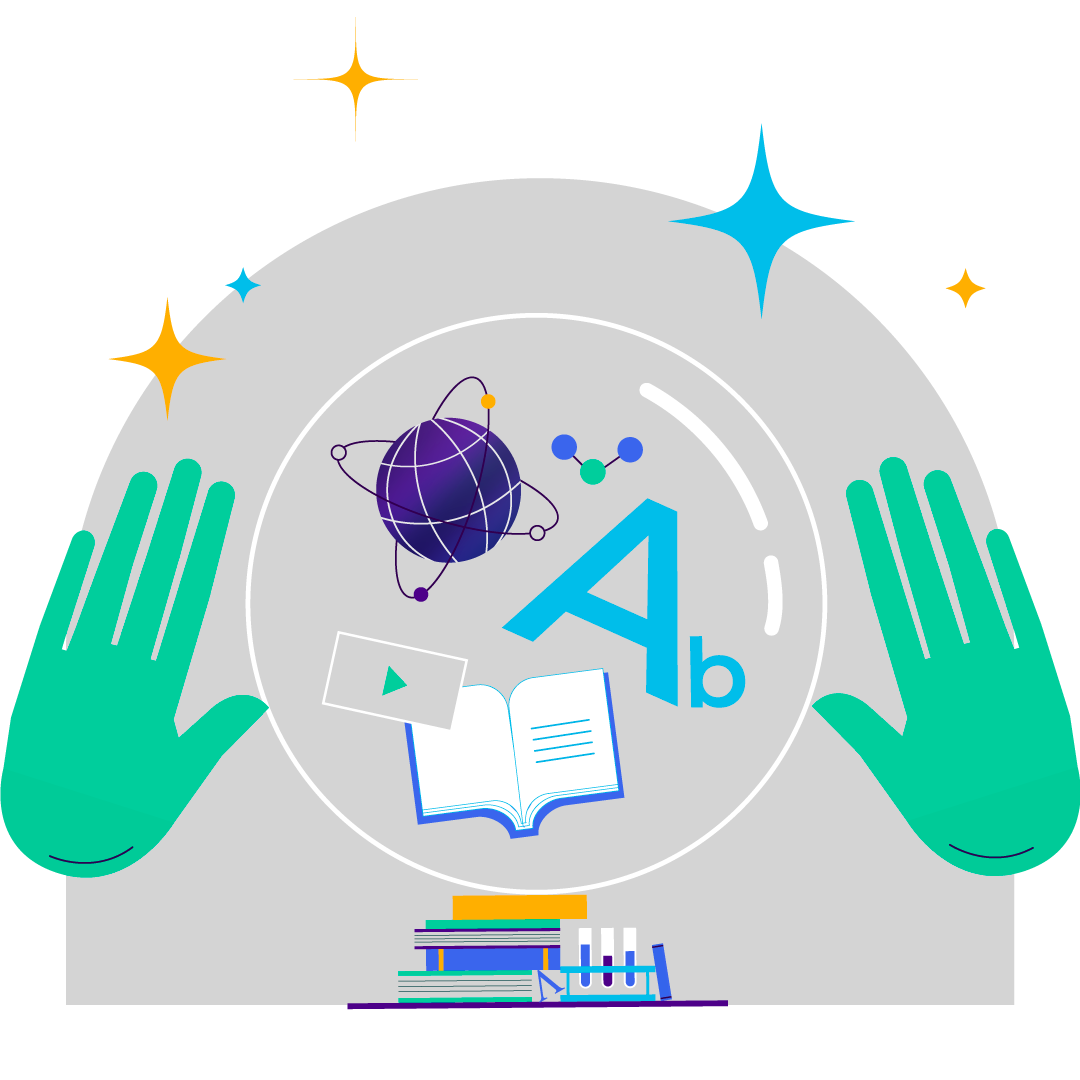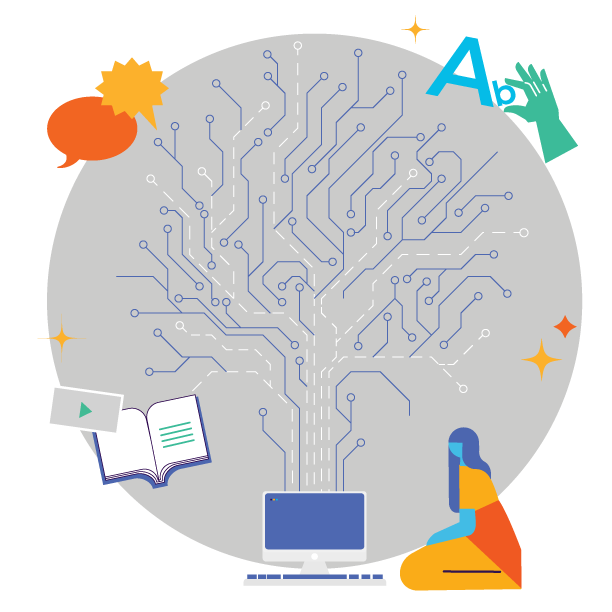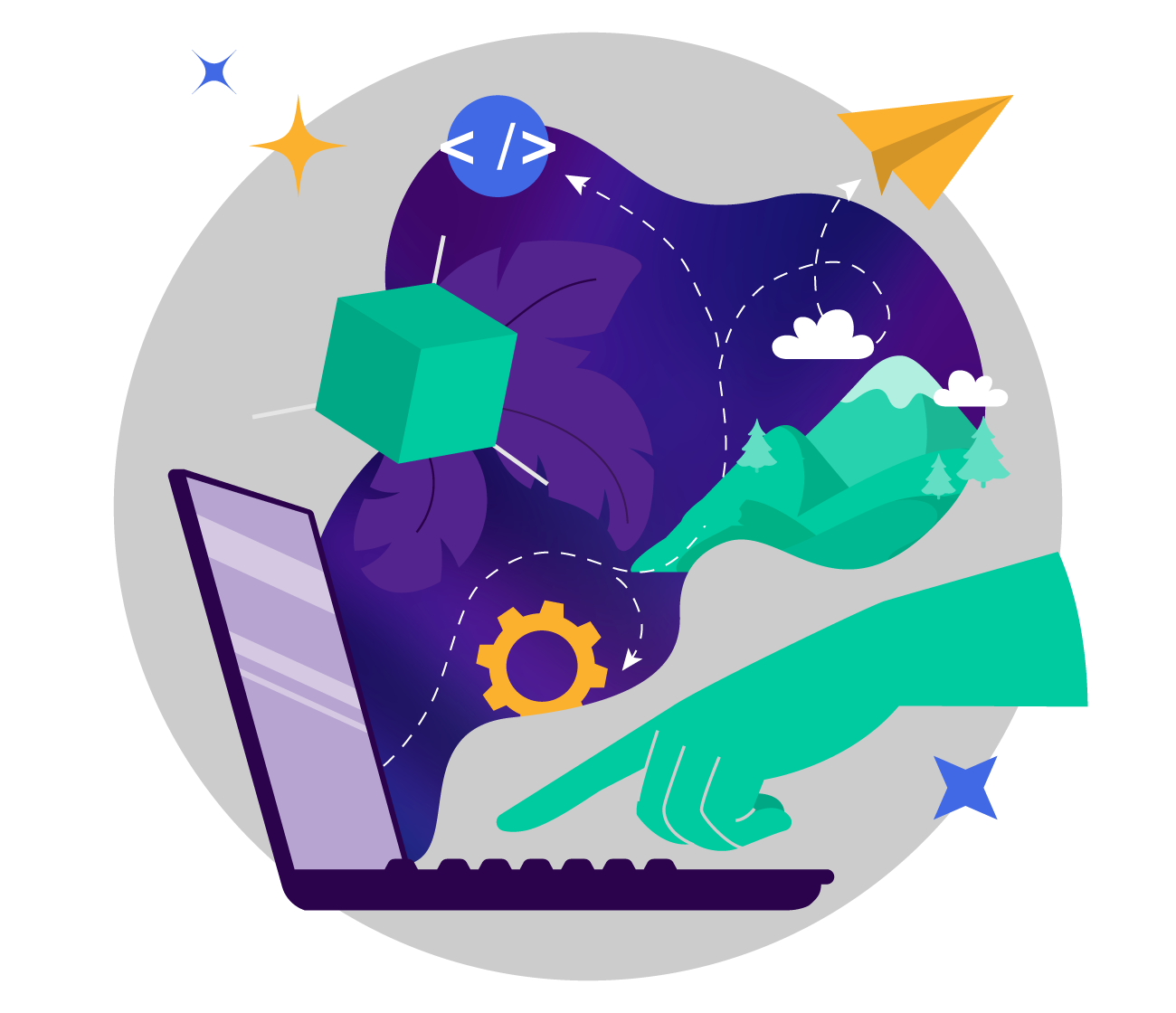The Nazaré Guide to Delivering Impactful Learning
New to L&D? Seeking insights and inspiration?
Need to make a greater impact?
Get your digital copy
A sneak peak at the chapters
Here’s what we’ll hope you’ll get out of each chapter:
Chapter 1 – Learning That Matters
Steph Plowright & Matthew Moxon
In this chapter you will learn how learning and development professionals can become strategic business partners by focusing on improving business performance through effective learning solutions. The chapter covers the shift from being mere providers of training to becoming performance-focused consultants who solve business problems. You’ll learn about the impact of learning on business performance and the essential skills needed to be a successful learning performance consultant.
By the end of the chapter, you will be equipped with the knowledge and tools to position yourself as a strategic partner in your organization, delivering learning solutions that matter and have a tangible impact on business performance.

Chapter 2 – Leveraging Principles of Behavioral Science to Inform Performance Approaches
Wil Procter & Jess Holt Ph.D
In this chapter you will learn how to use behavioral science to enhance business performance by shaping behaviors rather than solely relying on learning theory. The chapter introduces the COM-B model, which is a framework that suggests for a behavior (B) to occur, 3 components must be in place: Capability (C), Opportunity (O), and Motivation (M).
By applying the COM-B framework, L&D professionals can create more effective learning programs that not only teach new skills but also foster an environment where these skills can be effectively utilized.

Chapter 3 – Coherent Learning and Performance Measurement Strategies
Wil Procter & Jason Phillips
In this chapter you will learn about the importance of metrics in evaluating the effectiveness of learning programs. The chapter explains how metrics help in understanding what works, what needs improvement, and in making informed decisions for resource allocation. It distinguishes between operational metrics, which focus on program efficiency, and evaluative metrics, which assess the impact and value of programs.
The chapter aims to equip you with tools and techniques for measuring learning impact effectively, engaging stakeholders, and continuously improving learning programs.

Chapter 4 – Assembling Modern Blended Learning Experiences to Engage Audiences
Richard Whiteside, Shawn Jordan and Terri Harchar
In this chapter you will learn about designing effective and engaging blended learning programs that integrate various learning methods and technologies. You’ll explore the components of blended learning, including synchronous and asynchronous elements, and how they can be combined to create comprehensive learning journeys. The chapter shares key factors to consider when designing blended learning experiences and provides tools and frameworks to help design learner-centered strategies and effective learning activities.
By the end of the chapter, you will have a deeper understanding of how to create blended learning experiences that not only deliver content but also foster meaningful connections and engagement among learners.

Chapter 5 – Immersive Learning for Impactful Experiences
Jason Phillips, Tom French & Shawn Jordan
In this chapter you will learn about creating deeply engaging and effective learning experiences using immersive techniques. This chapter explores the benefits of immersive learning, including empowering learners, building practical skills, and providing new perspectives that enhance understanding and engagement. You will also learn about various immersive approaches that can be achieved with and without technology, the practical aspects of implementing immersive learning, insights into designing immersive learning experiences, and strategies for measuring return on investment (ROI).
By the end of the chapter, you will have a clear understanding of how to leverage immersive learning techniques to create impactful and memorable learning experiences that deeply engage learners and enhance their skills and knowledge.

Chapter 6 – Augmented Learning With Generative Artificial Intelligence
Shawn Jordan
In this chapter you will learn about integrating generative AI (GenAI) into learning and development to enhance learning experiences. This chapter covers foundational knowledge about GenAI, including what it is, how it works, and its capabilities. You’ll also learn about the advantages and practical ways GenAI can be used to augment learning experiences, potential risk and challenges to be aware of, and the skills and mindset shifts that will be necessary for educators and learners to successfully use GenAI.
By the end of the chapter, you will be equipped with knowledge and tools to effectively incorporate GenAI into your learning strategies, enhancing engagement and learning outcomes while addressing potential risks and challenges.

Chapter 7 – Designing Modern Learning Ecosystems
Josh Gleim
In this chapter you will learn about transforming from traditional centralized learning ecosystems into dynamic, decentralized learning ecosystems that leverage advanced technologies and methodologies to meet modern learning needs. The chapter covers the key components of a learning ecosystem and explores what makes a learning ecosystem modernized. You will gain practical insights and guiding principles for designing a modern learning ecosystem with recommendations and potential pitfalls to consider during this transformation.
By the end of the chapter, you will be equipped with the knowledge and strategies to design and implement a modern learning ecosystem that is flexible, data-driven, and capable of meeting the evolving needs of learners and organizations.

